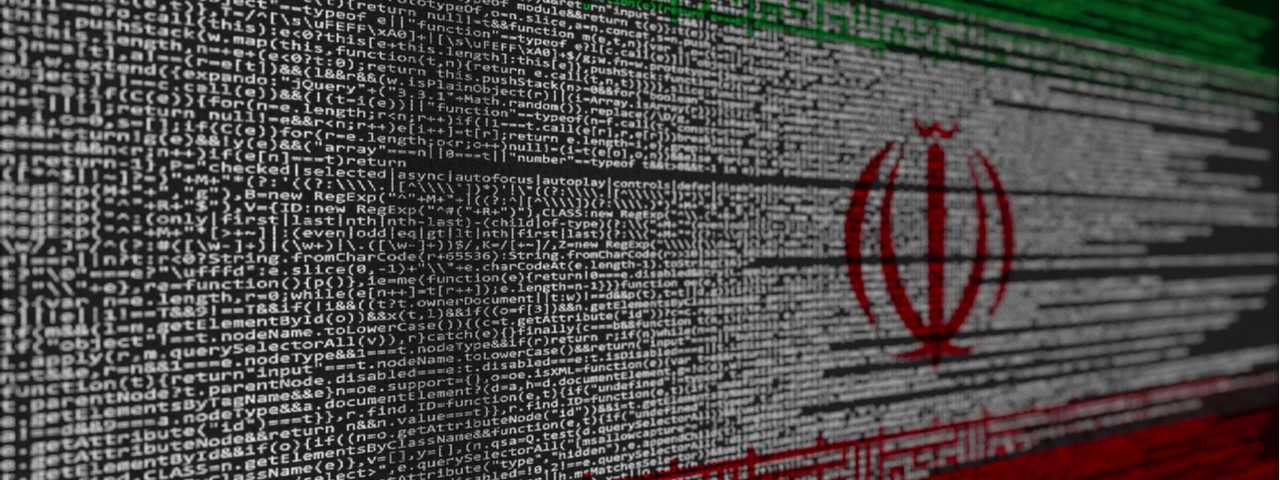It’s impossible to avoid discussing the COVID-19 epidemic, and it’s causing us to reckon with the numerous systems we have in place that are no longer functional. A result of increased social distancing to curb the spread of coronavirus has been a dramatic increase in remote work. While remote work is incredibly helpful for maintaining some sense of normalcy, there’s a factor that isn’t always being considered, and it’s one that should be: cybersecurity just became much more difficult to maintain.
Anecdotally speaking, I can tell you that the need for increased vigilance with remote work is necessary. When I write for this blog, I usually publish on in-house servers. This makes the publishing process a clean-cut, safe routine where there’s very little chance of me compromising ZL’s security. Now, I have to use a VPN to access the servers, navigate around our site, and publish from a distance. Those small changes can begin to add up to dangerous ones if vigilance is not maintained. Fortunately, my coworkers in the IT department have graciously helped me in that process, and have made it easy for me, but if your organization is a smaller one, or your team has been too hard-pressed in this stressful time to think of these steps, your data could be in danger.
Obviously there’s always going to be an inherent risk with any kind of digital work—that’s why every organization has cybersecurity protocols in place. There is however, a need for increased vigilance in times where typically unorthodox methods like remote work are being used to ensure that things continue to function. Make sure that your home wifi is secure, make sure you have a VPN, and make sure you’re not taking any risks you wouldn’t normally take in-office. Unfortunately, there doesn’t appear to be a slow down in scamming and phishing despite everything else slowing down due to coronavirus, but if we all work together to ensure good security practices, we can avoid leaving ourselves susceptible to digital danger.


